Diamonds Are Forever, But Their Brilliance Depends On How Well They Are Cared For. Whether You Own A Sparkling Lab Created Diamond Engagement Ring, A Dainty Pendant, Or A Bold Pair Of Earrings, Proper Care Ensures That Your Lab-Grown Diamond Jewelry Always Looks As Beautiful As The Day You Received It.
Lab-Grown Diamonds, With Their Ethical Sourcing And Eco-Friendly Appeal, Have Become A Modern Favorite. They Are Physically, Chemically, And Optically Identical To Mined Diamonds, Which Means They Offer The Same Brilliance, Hardness, And Longevity. However, Just Like Natural Diamonds, They Also Need Attention And Care. If Neglected, Oils, Dirt, And Everyday Wear Can Dim Their Shine Or Weaken Their Settings.
In This Guide, We’ll Cover Everything You Need To Know About Caring For Your Lab-Grown Diamond Jewelry, Cleaning Methods, Storage Tips, Handling Advice, And Professional Care. By Following These Simple Steps, You Can Keep Your Treasured Pieces Shining For Years To Come.
Why Proper Care Matters
Many People Believe Diamonds Are Indestructible, But While They Are The Hardest Natural Material, They Are Not Immune To Damage. Lab-Grown Diamonds Can Chip If Struck At The Wrong Angle, And The Metal Settings, Whether Gold Or Silver, Are More Vulnerable Than The Stone Itself.
Common Issues That Reduce The Beauty And Durability Of Fine Diamond Jewelry Include:
Buildup Of Dirt And Oils: Everyday Contact With Skin, Lotions, Perfumes, And Soap Can Create A Film That Reduces The Sparkle Of Your Lab-Grown Diamond Jewelry.
Scratches And Abrasions: Diamonds Can Scratch Other Gemstones Or Metals If Stored Together Carelessly.
Loose Prongs Or Clasps: Normal Wear Can Loosen Settings, Increasing The Risk Of Losing Your Diamond.
Exposure To Harsh Chemicals: Chlorine, Bleach, And Certain Cleaning Agents Can Weaken Metal Alloys And Damage Finishes.
With Mindful Care, You Can Prevent These Issues And Keep Your Lab-Grown Diamond Jewelry In Pristine Condition.

Step 1: Regular Cleaning At Home
A Simple Cleaning Routine At Home Goes A Long Way In Maintaining The Brilliance Of Your Diamonds. You Don’t Need Fancy Products, Just Gentle Materials And Consistency.
Here’s How To Clean Your Jewelry Safely:
1. Prepare A Cleaning Solution: Mix A Few Drops Of Mild Dish Soap In A Small Bowl Of Warm Water.
2. Soak The Jewelry: Place Your Diamond Jewelry In The Solution For About 15–20 Minutes To Loosen Dirt.
3. Gently Scrub: Use A Soft-Bristled Toothbrush To Carefully Clean The Stone And Its Setting. Pay Extra Attention To The Back Of The Diamond, As This Area Collects The Most Buildup.
4. Rinse Thoroughly: Hold The Jewelry Under Lukewarm Running Water To Wash Away Soap And Dirt.
5. Dry With Care: Use A Lint-Free Microfiber Or Cotton Cloth To Pat It Dry. Avoid Tissues Or Paper Towels, As They Can Leave Fibers Or Cause Fine Scratches.
Tip By Gemone Diamonds: Make Cleaning A Monthly Habit If You Wear Your Jewelry Every Day. For Special-Occasion Pieces, A Few Times A Year May Be Enough.
Step 2: Professional Cleaning And Maintenance

Even With Regular At-Home Cleaning, Professional Care Is Essential. Jewelers Use Ultrasonic Machines And Steam Cleaners To Reach Deep Into Crevices Where Dirt Builds Up. A Professional Jeweler Can Also Check For Loose Prongs, Worn Clasps, Or Damaged Settings.
How Often Should You Go?
After Every 6 Months You Should Go For Daily-Wear Pieces Like Solitaire Engagement Rings, Studs Or Wedding Bands.
And Every 12–18 Months For Occasional Jewelry, Like Necklaces, Diamond Bracelets And Other Fine Jewelry Pieces.
Professional Checkups Ensures Both The Beauty And Security Of Your Diamonds.
Step 3: Safe Storage Practices

Storing Your Jewelry Correctly Is Just As Important As Cleaning It. Diamonds Are Extremely Hard And Can Scratch Softer Stones Or Metals.
Best Storage Tips:
Keep Each Piece In A Separate Pouch Or Compartment Of A Fabric-Lined Jewelry Box.
Use Soft Velvet Or Silk-Lined Boxes To Minimize Friction.
When Traveling, Carry A Padded Jewelry Case To Prevent Movement And Tangling.
Avoid: Tossing Multiple Pieces Into The Same Box Or Drawer. This Is One Of The Most Common Causes Of Scratches And Bent Prongs.
Step 4: Protecting Jewelry During Everyday Wear
Your Jewelry Is Designed To Be Worn And Enjoyed, But Knowing When To Take It Off Is Key To Preserving It.
Avoid Wearing Your Lab-Grown Diamond Jewelry When:
Doing Household Chores Like Cleaning, Gardening, Washing Dishes, Etc.
Using Chemicals Like Bleach, Hairspray, Or Perfumes.
Engaging In Sports, Swimming, Or Gym Workouts.
Sleeping, Especially With Delicate Chains Or Earrings That Can Bend Or Snag
Tip By Gemone Diamonds: If You Wear Rings Daily, Remember That Diamonds Are Resistant To Scratches But The Metal Bands Are Not. Avoid Knocking Them Against Hard Surfaces.
Step 5: Regular Inspections
Many People Don’t Notice A Loose Stone Until It Falls Out. Regular Inspections Help Prevent Costly Losses.
Check For:
Loose Or Wobbly Prongs
Bent Or Worn Clasps
Stones That Move Slightly Within Their Setting
Discoloration Of Metal Near The Diamond
If You Spot Any Of These Signs, Take Your Jewelry To A Trusted Jeweler Immediately. Preventive Repairs Are Much Cheaper Than Replacing Lost Stones.
Step 6: Travel With Care
Traveling With Jewelry Requires Extra Caution. Airports, Hotels, And Busy Places Increase The Risk Of Damage Or Loss.
Travel Safety Tips:
Carry Jewelry In A Padded Case Rather Than Loose In A Handbag.
Never Place It In Checked Luggage. Always Keep It With You.
For Longer Trips, Consider Wearing Simpler Jewelry Daily And Storing Your Valuable Pieces In A Hotel Safe.
Common Mistakes To Avoid
1. Using Toothpaste To Clean Jewelry: It’s Abrasive And Can Scratch Metals.
2. Soaking In Harsh Chemicals: Ammonia, Bleach, And Acetone Weaken Settings And Finishes.
3. Skipping Professional Maintenance: Small Problems Can Become Major If Ignored.
4. Wearing Jewelry In Pools Or Hot Tubs: Chlorine Damages Both Gold And Platinum.
5. Polishing With Rough Cloths Or Tissues: These Can Leave Fine Scratches.
Read More About Lab Diamond Clean & Care Tips
Caring For Different Types Of Lab-Grown Diamond Jewelry

Not All Jewelry Pieces Face The Same Risks. Each Type Needs Slightly Different Care.
Engagement Rings: Since They’re Worn Daily, Halo Rings Accumulate The Most Dirt And Experience The Most Wear. Clean Weekly And Check Prongs Often.
Diamond Earrings: Oils From Skin And Hair Products Can Dull Them Quickly. Wipe After Each Wear.
Necklaces And Pendants: Chains Can Tangle Or Weaken. Store Flat And Clean Gently.
Diamond Bracelets: These Face Frequent Contact With Surfaces. Remove Before Desk Work, Sports, Or Housework.
Conclusion
Lab-Grown Diamonds Are A Brilliant, Sustainable Choice For Modern Jewelry Lovers. They Carry The Same Strength And Sparkle As Natural Diamonds, But Like All Fine Jewelry, They Need Proper Care. With Regular Cleaning, Mindful Storage, Professional Checkups, And Careful Handling, Your Lab-Grown Diamond Jewelry Will Remain Radiant For Decades.
Treat Your Jewelry With Love, It’s Not Just A Luxury, But A Symbol Of Your Cherished Moments. By Protecting Its Beauty, You Also Protect The Memories It Represents.
FAQ's
Q: Can I Use Jewelry Cleaners Sold In Stores?
Yes, But Ensure They Are Labeled Safe For Diamonds And Gold/Platinum. Avoid Cleaners With Harsh Chemicals.
Q: Are Lab-Grown Diamonds More Delicate Than Natural Ones?
No. They Have The Same Hardness And Durability As Mined Diamonds. Care Methods Are Identical.
Q: How Do I Know If My Prongs Are Loose?
Gently Shake Your Ring Close To Your Ear—If You Hear Rattling, The Stone Is Loose.
Q: Can Lab-Grown Diamonds Change Color Over Time?
No. They Are Chemically Stable And Retain Their Brilliance Permanently With Proper Care.
Q: What’s The Safest Diy Cleaning Method?
Warm Water, Mild Soap, And A Soft Toothbrush Remain The Most Reliable Home Method.


 Solitaire
Solitaire
 Halo
Halo
 Three Stone
Three Stone
 Bridal
Bridal
 Vintage
Vintage
 Promise
Promise
 Round
Round
 Oval
Oval
 Pear
Pear
 Emerald
Emerald
 Radiant
Radiant
 Marquise
Marquise
 Princess
Princess
 Asscher
Asscher
 Heart
Heart
 Yellow Gold
Yellow Gold
 Rose Gold
Rose Gold
 White Gold
White Gold
 Gifts For Him
Gifts For Him
 Gifts For Her
Gifts For Her
 Ready To Ship Rings
Ready To Ship Rings
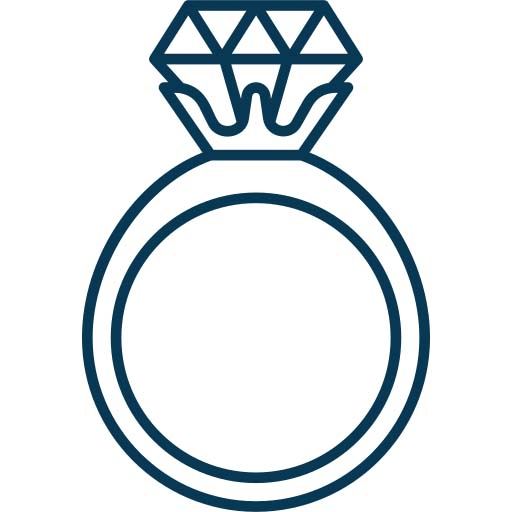 Anniversary Rings
Anniversary Rings
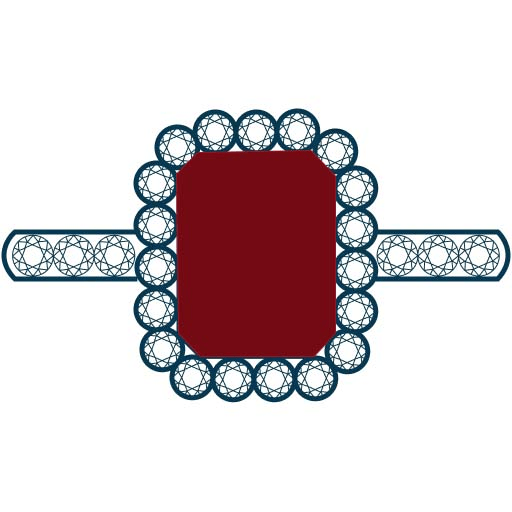 Gemstone Rings
Gemstone Rings
 Rings Under 500
Rings Under 500

 Bands
Bands
 Eternity
Eternity
 Classic rings
Classic rings
 Mens Wedding Ring
Mens Wedding Ring
 Below $499
Below $499
 $500-$999
$500-$999
 $1000-$1999
$1000-$1999
 $2000-$2999
$2000-$2999
 $4000-$4999
$4000-$4999
 $5000 And Above
$5000 And Above
 Ring Size Chart
Ring Size Chart
 Buying Guide
Buying Guide

 Mens Ring
Mens Ring
 Mens Pendant
Mens Pendant
 Mens Earrings
Mens Earrings
 Mens Bracelet
Mens Bracelet
 Stud Earrings
Stud Earrings
 Hoop Earrings
Hoop Earrings
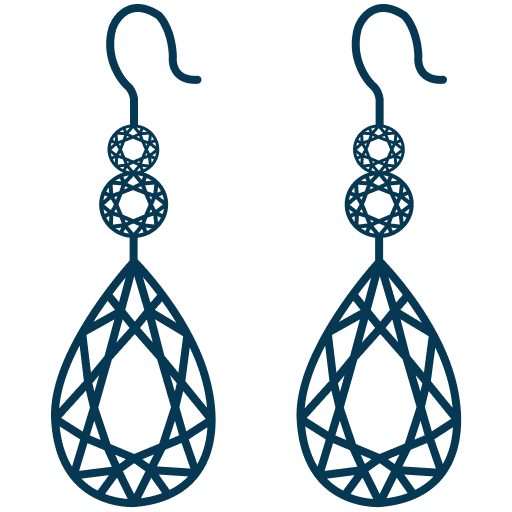 Dangle Earrings
Dangle Earrings
 Cross Pendant
Cross Pendant
 Sign Pendant
Sign Pendant
 Solitaire Pendant
Solitaire Pendant
 Tennis Bracelet
Tennis Bracelet
 Bangles
Bangles
 Ring
Ring
 Pendant
Pendant
 Bracelet
Bracelet

 Cushion
Cushion
 Small Diamonds
Small Diamonds
 Salt & Pepper
Salt & Pepper
 Pie Cut Diamonds
Pie Cut Diamonds
 Diamond Beads
Diamond Beads
 Below 1 CT
Below 1 CT
 1 CT - 2 CT
1 CT - 2 CT
 2 CT - 3 CT
2 CT - 3 CT
 3 CT - 4 CT
3 CT - 4 CT
 4 CT - 5 CT
4 CT - 5 CT
 Above 5 CT
Above 5 CT
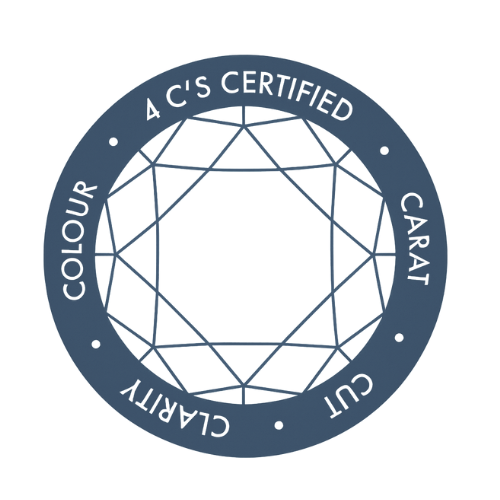 Diamond Clarity
Diamond Clarity
 What is black diamond
What is black diamond
 What is lab grown diamond
What is lab grown diamond
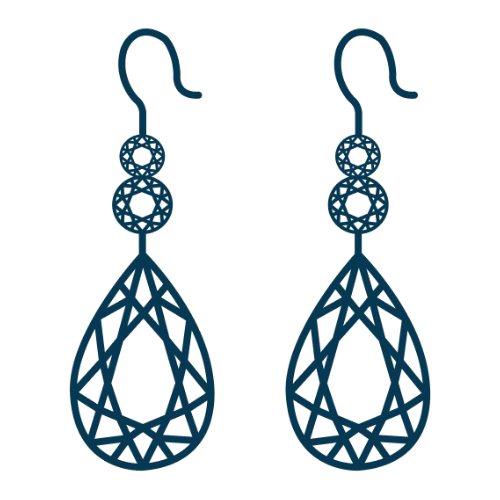 Earring Guide
Earring Guide

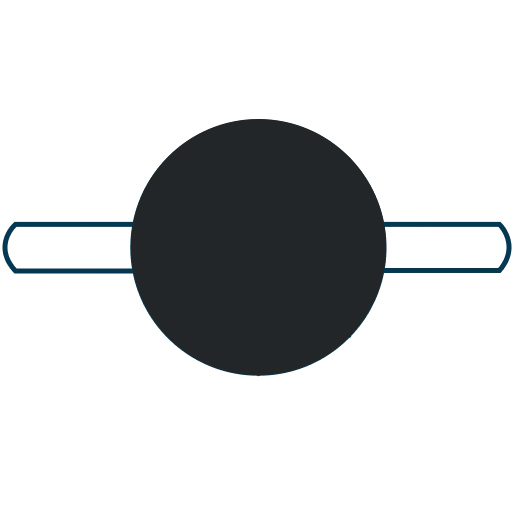 Solitaire Rings
Solitaire Rings
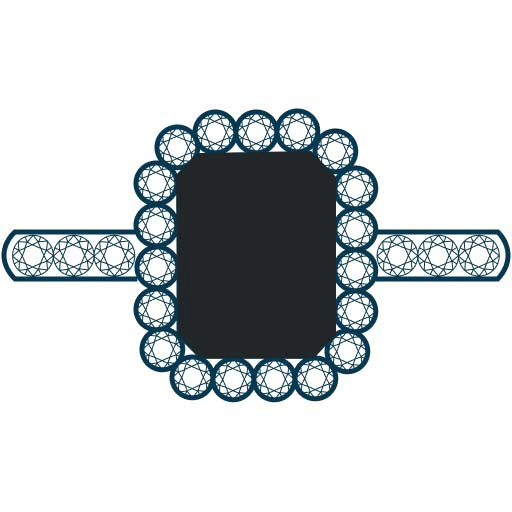 Halo Rings
Halo Rings
 Three Stone Rings
Three Stone Rings
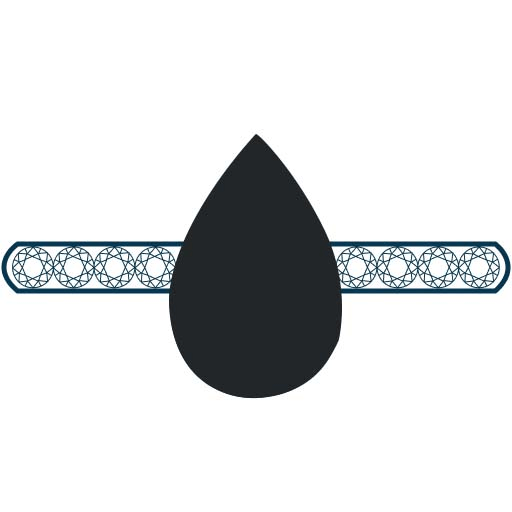 Vintage Rings
Vintage Rings
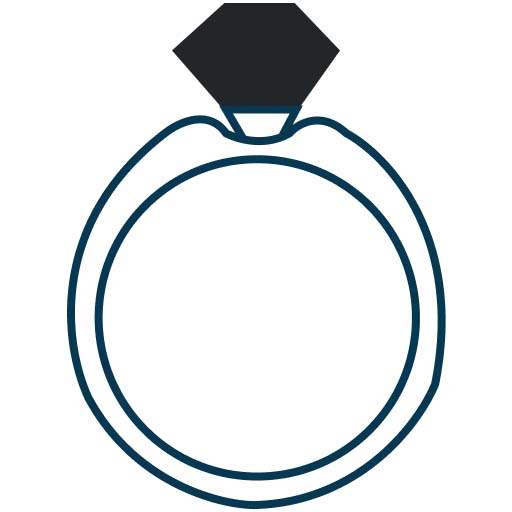 Womens Rings
Womens Rings
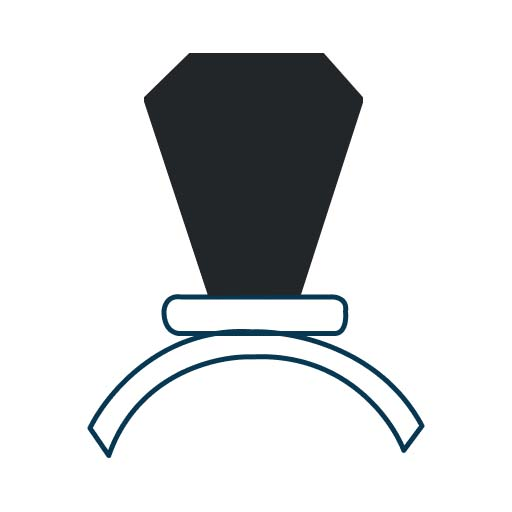 Mens Rings
Mens Rings
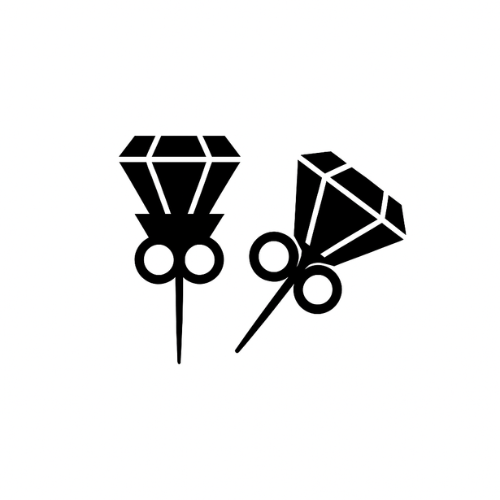 Black Diamond Earrings
Black Diamond Earrings
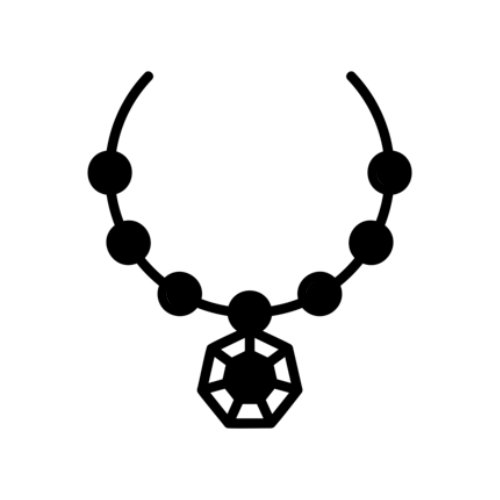 Black Diamond Pendant
Black Diamond Pendant
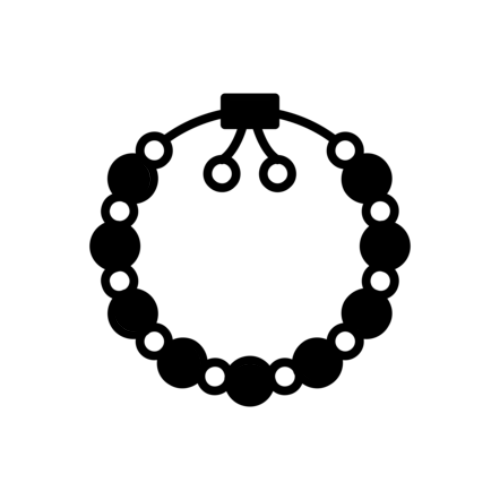 Black Diamond Bracelet
Black Diamond Bracelet
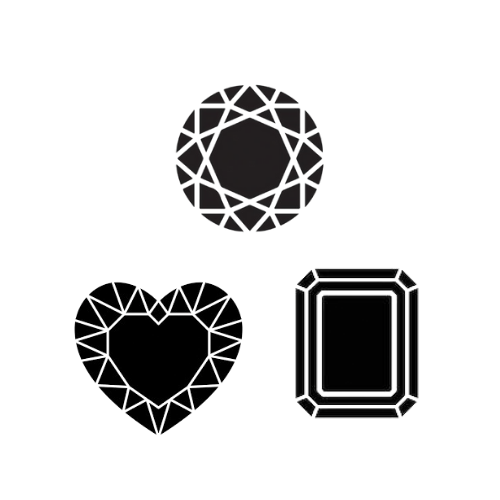 Types Of Black Diamond
Types Of Black Diamond























